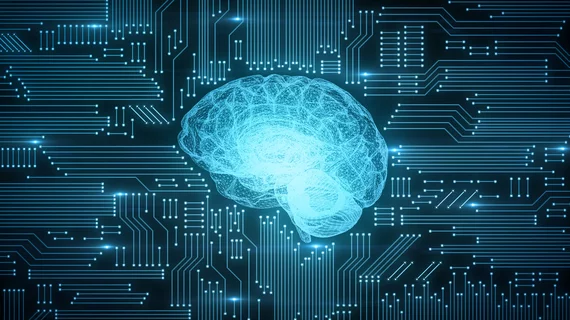‘A huge game changer’: Penn uses machine learning, radiomics to share brain imaging data privately
The University of Pennsylvania is utilizing a new machine learning method that allows it to share patients’ brain imaging data in a private fashion.
“Federated learning,” as it’s called, works by training an algorithm across multiple data servers, without exchanging any images. Penn radiology researchers have already shown this method’s utility in brain imaging, with it analyzing MRI scans containing tumors to distinguish healthy versus cancerous cases.
Scientists believe Penn could share this model to its peers, allowing hospitals to contribute their own information. And then, they could transfer it to a centralized server to build a consensus model from all participants.
“The more data the computational model sees, the better it learns the problem, and the better it can address the question that it was designed to answer," Spyridon Bakas, PhD, an instructor of radiology, pathology and laboratory medicine at Penn, said in a statement. “Traditionally, machine learning has used data from a single institution, and then it became apparent that those models do not perform or generalize well on data from other institutions."
Bakas and colleagues said the Food and Drug Administration must approve the model prior to its distribution. Their work was highlighted July 28 in Scientific Reports.
Meanwhile in a larger effort, Penn, Intel and 30 other institutions scored a $1.2 million grant from the National Cancer Institute in May to further flesh out federated learning. Led by Bakas, they are building a consensus model to eventually help radiologists across the globe.
"I think it's a huge game changer," study co-author Rivka Colen, MD, an associate professor of radiology at the University of Pittsburgh School of Medicine, said in the statement. "Radiomics is to radiology what genomics was to pathology. AI will revolutionize this field, because, right now, as a radiologist, most of what we do is descriptive. With deep learning, we're able to extract information that is hidden in this layer of digitized images."

